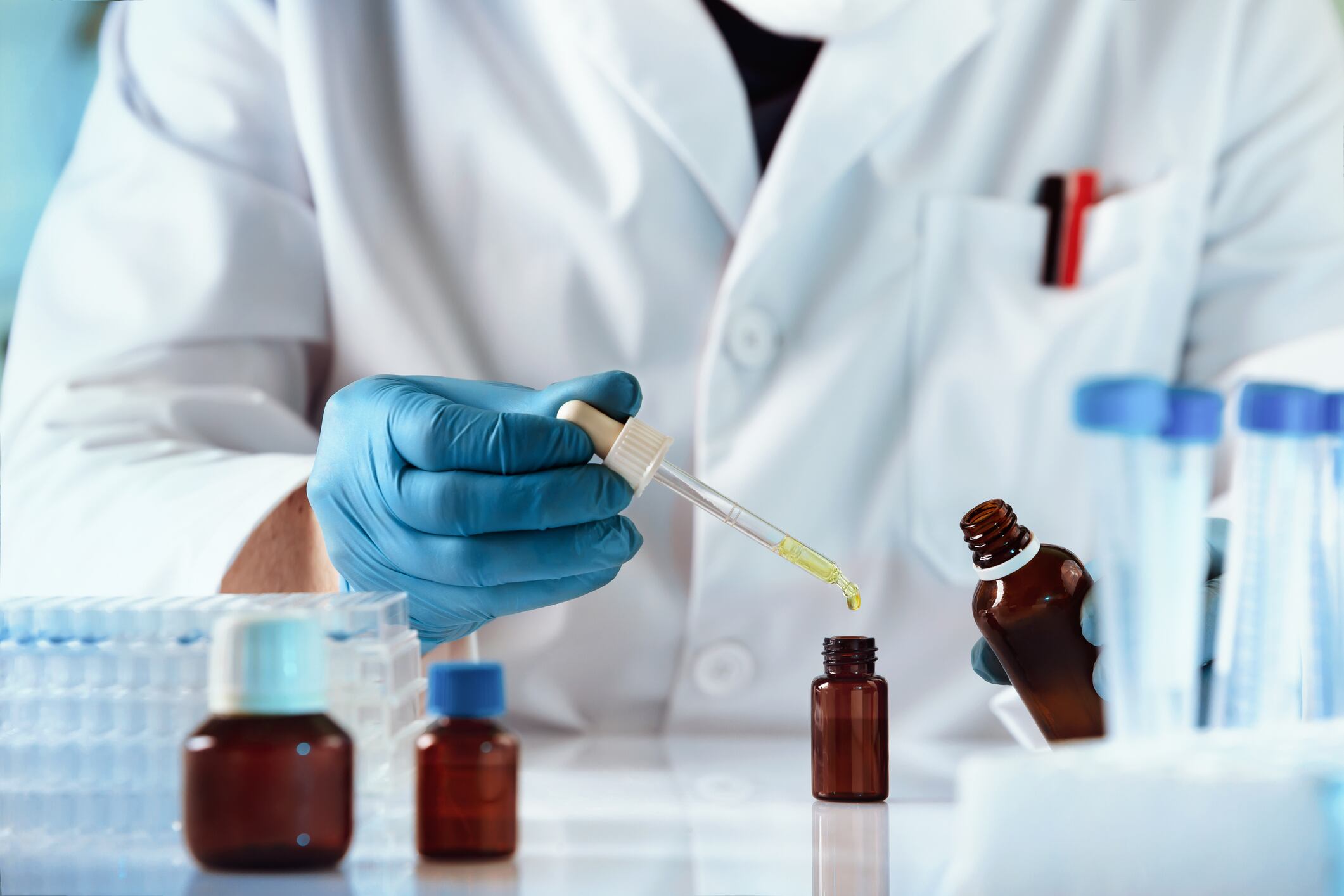Key takeaways
- Skin-on-chip platforms replicate human skin structure and function for cosmetics testing.
- They offer ethical, cost-effective alternatives to animal models.
- They are capable of simulating real-life skin responses, improving safety and efficacy.
- Integration with AI and bioprinting could personalise product development.
- Standardisation and scalability remain key challenges for widespread adoption.
Despite the bans on animal testing for cosmetics purposes in many countries, the practice still persists on a global scale. To fully replace animal models in cosmetics testing, there is a need for an alternative method that accurately reconstructs the structural and functional complexity of human skin.
Recent advancements in microfluidics and tissue engineering have progressed the development of skin-on-chip testing methods, which could be a more cost-effective and ethical alternative to traditional animal testing.
To explore these methods a new study undertaken by scientists in Romania and published in APL Bioengineering has reviewed the promising results of current skin-on-chip platforms, as well as the challenges they face in replacing animal models.
How skin-on-chip platforms mimic human skin
Skin-on-chip platforms are advanced 3D micro-physiological systems that mimic the structure and function of human skin. They present a potential alternative to animal testing, aligning with ethical standards and EU regulations banning animal testing for cosmetics. These systems can simulate real-life skin responses to cosmetic ingredients and therefore improve safety and efficacy assessments.
This testing method could offer numerous advantages over traditional methods. Animal models suffer from poor translatability due to interspecies differences (for example, murine skin has more hair follicles and different immune responses). The 2D cell cultures lack the complexity of human skin, while 3D cultures (spheroids/organoids) offer improved cell-cell and cell-matrix interactions. Skin-on-chip systems integrate dynamic perfusion, enabling more accurate testing of absorption, irritation, hydration, and toxicity.
There is also the fact that human skin varies significantly in thickness (for example the skin on eyelids compared to skin on heels), cell types (keratinocytes, fibroblasts, melanocytes, etc.), and barrier properties. Therefore, skin-on-chip models must replicate these features to be effective for cosmetic testing, particularly for topical formulations.
Skin-on-chip platform-based methods can also incorporate sensory cells and immune components, allowing testing for irritation, inflammation, and allergic reactions.
Challenges and future options for skin-on-chip models
The study concludes that although the use of skin-on-chip platforms to design biomimetic skin is still young, there is clearly potential.
“These systems can replicate illnesses and bacterial infections and test therapeutic agents via toxicity and efficacy evaluations. However, developing the domain and bringing consistent and reliable results takes time and requires systematic approaches,” said the researchers.
The complexity of human skin – comprising multiple layers, nerves, and blood vessels that serve vital functions and interact with one another – remains the biggest challenge for skin-on-chip models.
These systems can also replicate skin diseases and infections, enabling real-time testing of therapeutic agents for toxicity and efficacy. However, consistent and reliable results require systematic approaches, such as co-culturing tissues and integrating advanced tissue engineering and microfluidics.
According to the research, a major advantage of skin-on-chip platforms is their ability to provide individualised, in vivo-like models that mimic specific skin structures to test for sensitivities, irritation, and other skin conditions — paving the way for customised cosmetics.
It appears that this testing method could be used to:
- Screen for dermal absorption and permeation
- Assess skin irritation and corrosion
- Evaluate hydration effects and anti-ageing properties
- Study skin diseases such as eczema or psoriasis for therapeutic cosmetics
- Enable personalised testing, potentially tailoring cosmetics to individual skin types or conditions
The potential integration with 3D bioprinting and AI-driven diagnostics could revolutionise product development. But the research also notes that standardising chip design and manufacturing methods are essential for cross-laboratory validation and integration with existing lab equipment.
The research shows that cost still remains a barrier, but mass production and automation could reduce expenses and improve reproducibility.
The researchers concluded that the future of this testing method: “depends on developing convergent biomanufacturing strategies and infrastructure focused on applications such as personalised skin disease models, skin grafts, and cosmetics screening platforms.”
Source: “Skin-on-chip: Quo vadis?” by Mina Ghiță-Răileanu et al. APL Bioengineering 2025 doi.org/10.1063/5.0268706


